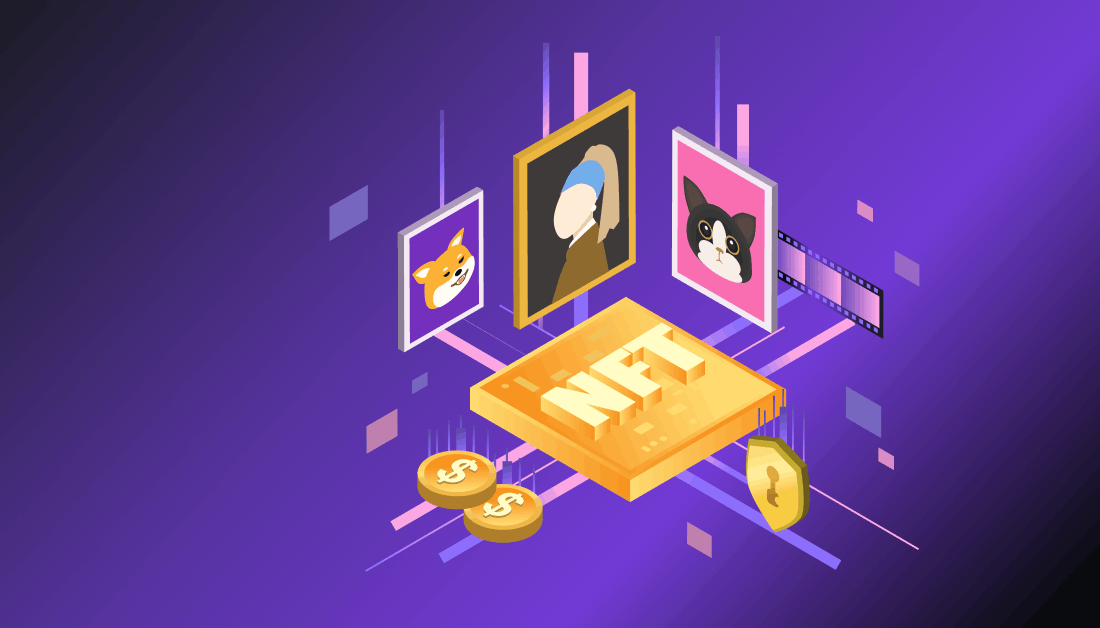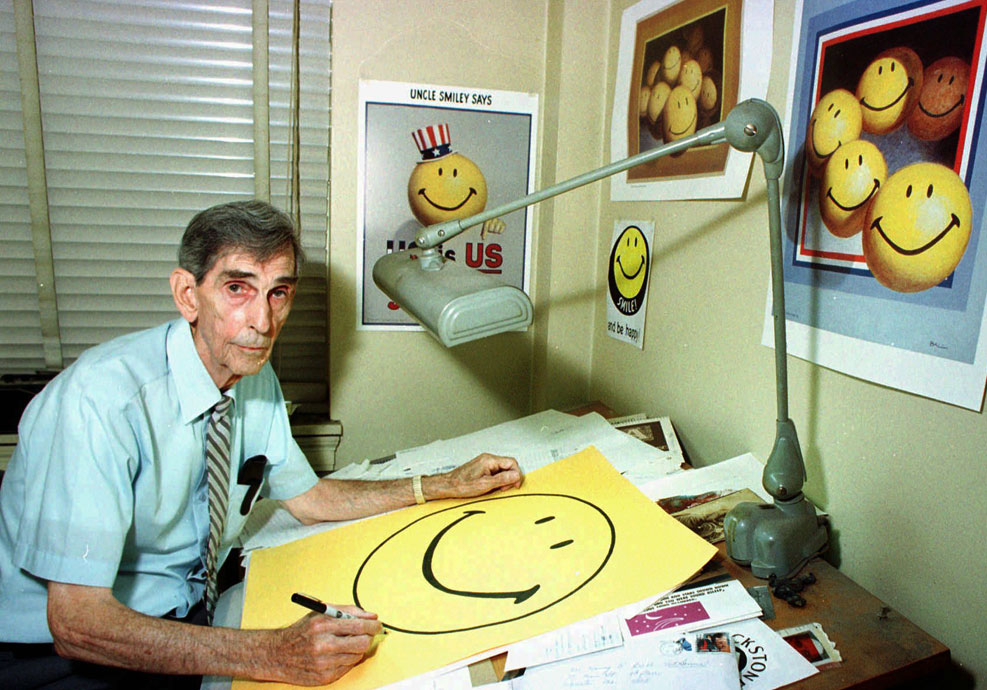
Artists have faced longstanding challenges in obtaining fair compensation for their works. Harvey Ball, known for creating the iconic yellow smiley face in 1963, is a clear example of this challenge. Ball received $45 for the smiley face, however the company that later used this image on t-shirts generated $500M in sales. Similarly, in 1958, Robert Rauschenberg sold his painting titled "Thaw" for $900. A couple years later, the same artwork was re-sold for $85,000.
Image Source: wbur News
The challenge occurs when intellectual property rights are transitioned from artists to others, meaning they have lost ownership of the piece, and the value of the painting is in the right of the buyer and not the creator. However, by introducing Intellectual Property (IP) rights, resale royalty rights allow artists legal entitlement to possess a percentage of the profits gained from the resale of their original work. Nevertheless, these rights are still blurry and don’t always guarantee fair compensation for the original creator.
With the recent introduction of digital art and NFTs stored on the blockchain, the concept of royalties has taken a turn. NFT royalties offer NFT and digital art creators a means to continue receiving compensation for their creations even after the initial sale of the NFT. Considered a foundational element within web3, significant blockchains such as Ethereum and Solana host many NFTs on their platforms. The transparent and secure nature of the blockchain allows artists to trace sales and ensure fair compensation.
How do NFT royalty payouts work?
NFT royalties entail cryptographic payouts that provide creators a share of future sales. Creators determine the percentage of the sale designated for royalties at the point of minting. Automating these payments predominantly lies with the smart contract platforms where NFTs are minted. When a secondary NFT sale is completed, the smart contract will automatically allocate the specified percentage from the sale amount as a royalty payment to the creator.
For example, Beeple's "Crossroads" NFT was resold on the secondary market for approximately $6.6M, the creator received a royalty payment of around 10% – meaning $660K. This example shows how NFT royalties are crucial for monetizing diverse forms of artistic work.
Image Source: Art News
Crypto Projects & NFT Royalties
To tackle the issue, there are several crypto projects focused on NFT royalties and ownership. Two companies that are making progress in the space are Ethernity and OurSong.
Ethernity Chain - Exclusive Authenticated NFTs:
Eternity is a distinctive marketplace offering fully licensed NFTs from internationally renowned brands and well-known celebrities. Ethernity believes that art ownership has remained largely exclusive, accessible to only a select few. However, the introduction of NFTs has democratized access to art ownership and broadened its reach across more people. This shift has increased the potential buyer base and generated new avenues for artists to gain profits and recognition. The marketplace aims to support this shift and allow artists to reap rewards.
Image Source: Ethernity.io
OurSong - Help Artists Build a Community Through NFTs
OurSong is a subsidiary under the umbrella of Our Happy Company, a music enterprise co-founded by singer John Legend and Chris Lin, the CEO of the popular streaming platform KKBOX. OurSong aims to empower musical performers with more effective means of monetizing their creations, all while fostering a sense of community among their fan base.
This blockchain-driven platform tackles a key issue in the music industry landscape, where streaming services hold significant profit. By allowing entertainers to establish more direct connections with their fans, the platform allows fans to own exclusive and unique NFTs to support their favorite artists.
Image Source: OurSong
Since launching in February 2023, the app has already attracted a user base of 150K people. This app allows artists to upload and create their content as Non-Fungible Tokens (NFTs). These assets are valued in OurSong dollars ($OSD).
Final remarks
Blockchain technology has played a pivotal role in royalties and ownership. It has introduced unparalleled security and credibility to the authentication of artwork. This intersection of NFTs and blockchain technology has enabled digital ownership that could be a catalyst for artists in the long run, benefiting all stakeholders involved, including artists, buyers, and the art community at large.







